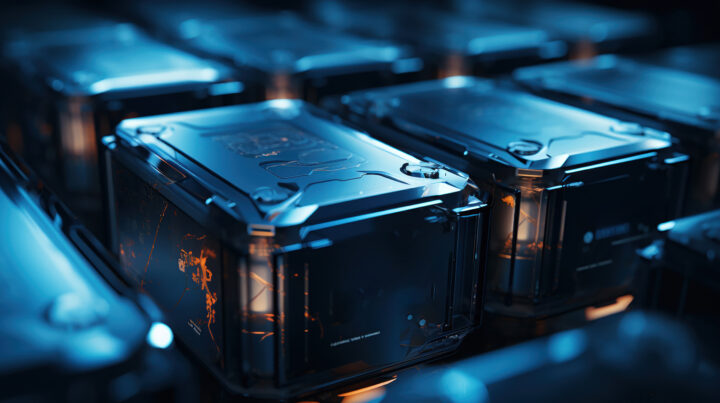The push to reduce fossil fuels by various organizations is a key driver in transitioning to sustainable energy sources. This effort supports research, development, and implementation of innovative electricity storage methods. Likewise, there is a strong emphasis on enhancing energy storage efficiency and replacing traditional batteries like Li-ion or lead-acid, which are commonly used today. One promising alternative among the developed battery types is Zinc-Bromide (Zn-Br) batteries. They offer more efficient and scalable energy management, along with lower costs.
Researchers from the Center for Research in Biological Chemistry and Molecular Materials (CIQUS) at the University of Santiago de Compostela (USC) have developed a new supramolecular liquid that can be used as an electrolyte in Zn-Br batteries. Using this supramolecular electrolyte allows for the construction of a battery without a metallic electrode, eliminating issues such as water decomposition or dendrite formation. Its advantages include easy scalability, providing an economical alternative for energy storage. Furthermore, subsequent research has shown that this substance can be gelled, making the system static and removing the need for flow technologies.
The developed supramolecular liquid is based on water-alkylammonium/phosphonium solutions. By the encapsulation of bromine in TBABr nanocages, the system can achieve reversibility and eliminate the need for flow technologies in a battery system. This supramolecular liquid also offers better corrosion properties and a higher electrochemical stability within voltage windows than those provided by other liquids.

Potential benefits
The presented supramolecular liquid can provide the following potential benefits, in comparison with state-of-the-art electrolytes:
- The system does not require flow technologies to operate, making the overall cost of the battery less expensive.
- It offers improved corrosion resistance and broader electrochemical stability voltage window.
- It can be gelled, increasing the long-term stability of the system.
The research team is looking to establish partnerships with other actors from the battery sector, with the possibility of requesting joint grants the aim of validating and increasing the TRL of the development.
Institution: CIQUS – USC
TRL: 3-4
Protection status: Patent Application
Contacto: Pablo Lago / pablo@viromii.com

